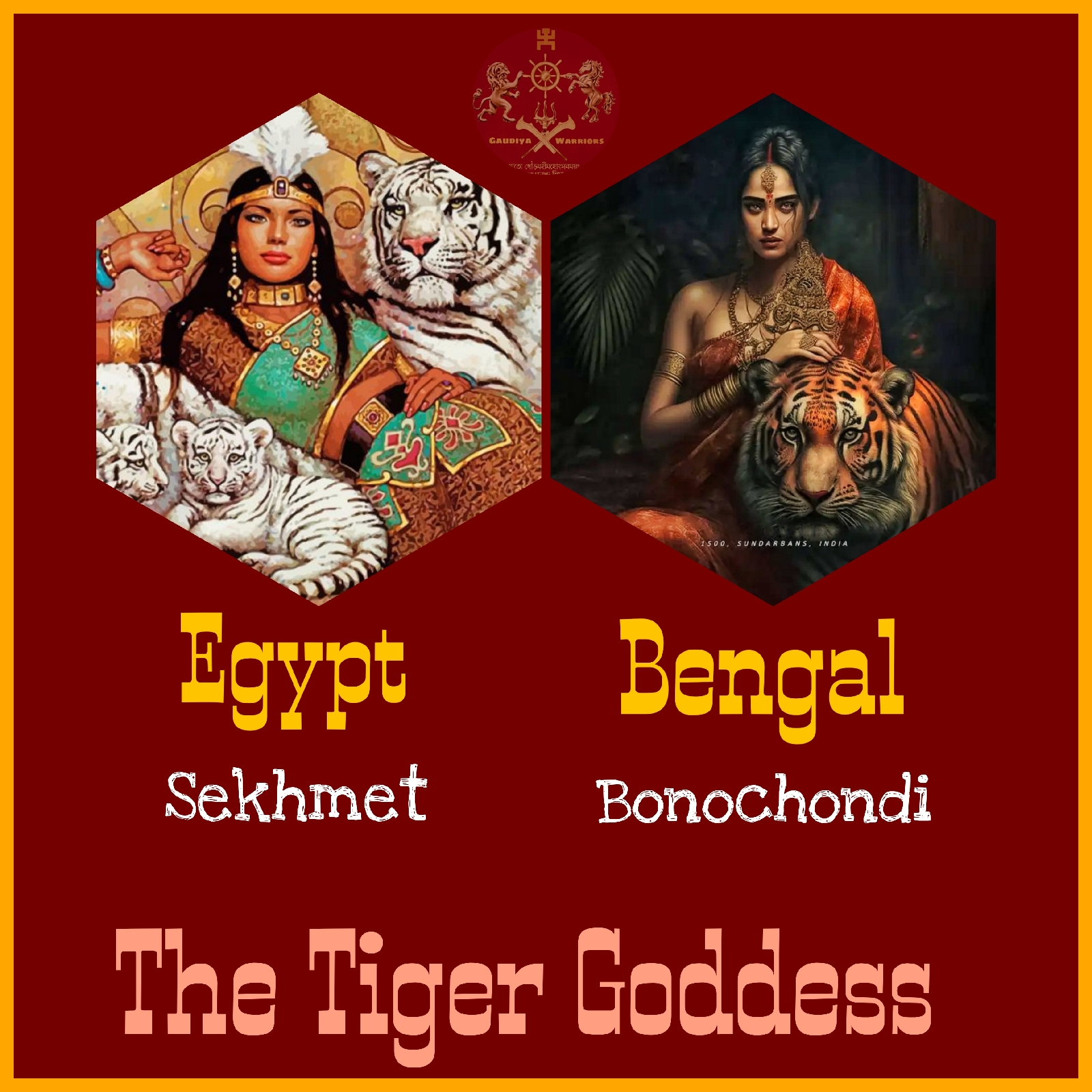King DanujamardanaDeva meeting with Acharya Chandrashekhar Chakrabartti

The historical meeting of the Brahmin Acharya & the Kshatriya Nripati at Madhavpasha Katyayani temple, art by Trisha Majumder Baṅgādhipati Mahārājā Śrī DanujamardanaDēva takes a vow to establish Dharm'marājya after seeking blessings from Acharya Chandrashekhar, Madhavpasha Katyayani Mandir __________________________________________ The rise of military Hindu power in Bengal in the fifteenth century was inspired by the countrymen of the Bandyavamśīẏa Brāhmaṇa Achāryya Śrī Chandrasekhara Chakrabarttī, historically known as " Chandracharya ". He was the kulguru of Bāṅgālādhīśwara Mahārājā Śrī Danujamardan Ramnath Deva as well as the learned chief member of the Chandradwip Royal Court. A portrait of Maharaja Sri Danujamarddana Ramanatha Deva, by Ritingkar Datta Choudhury The traditional Aryan culture of India was endangered due to the continuous anti-religious persecution of Delhi Sultanate and Jaunpur Sultanate. He realized that all the H...








